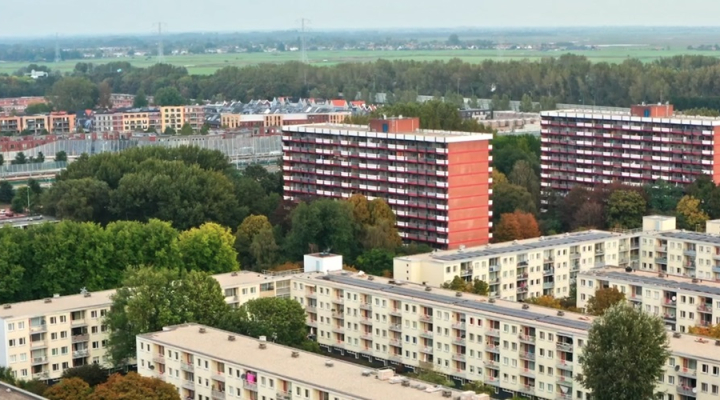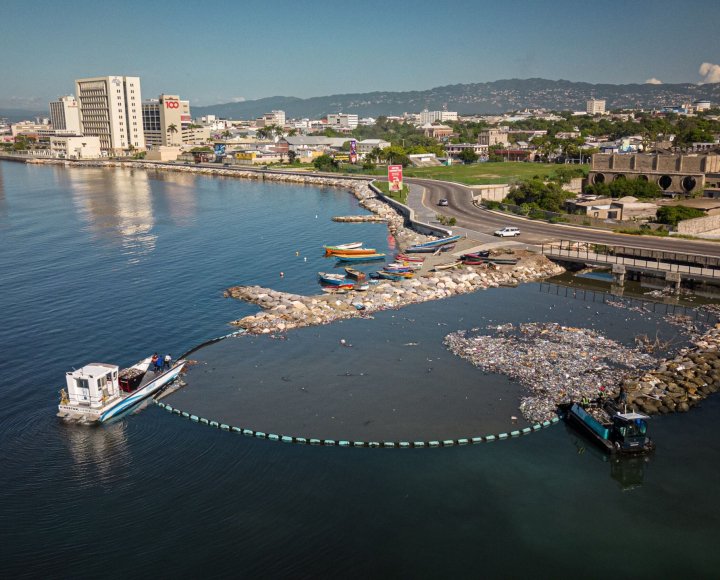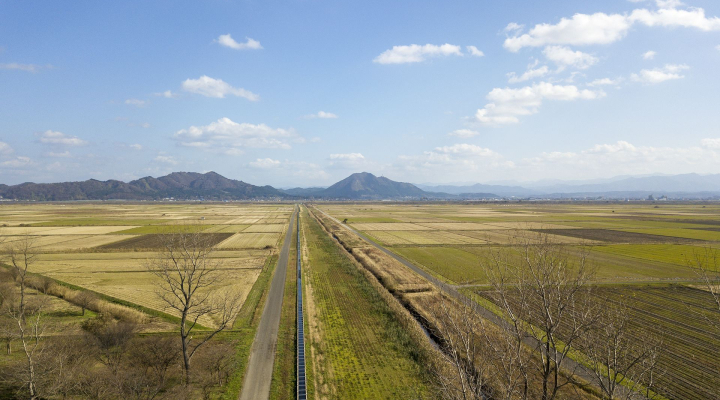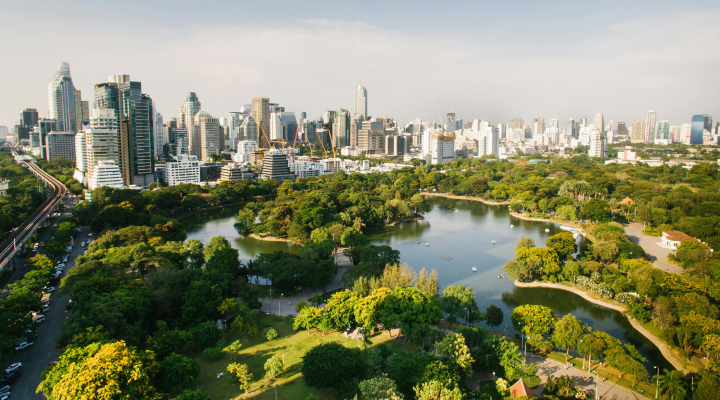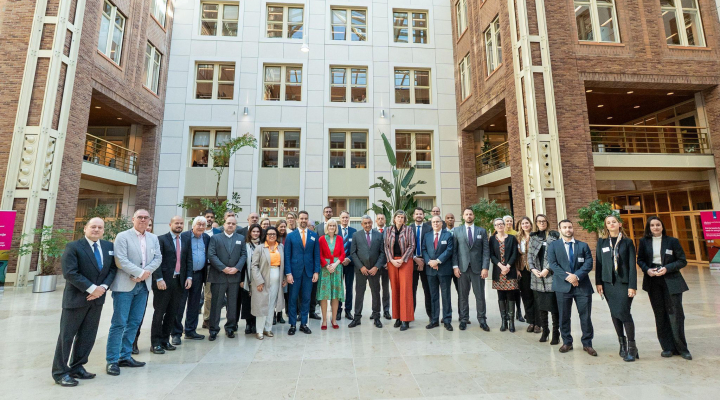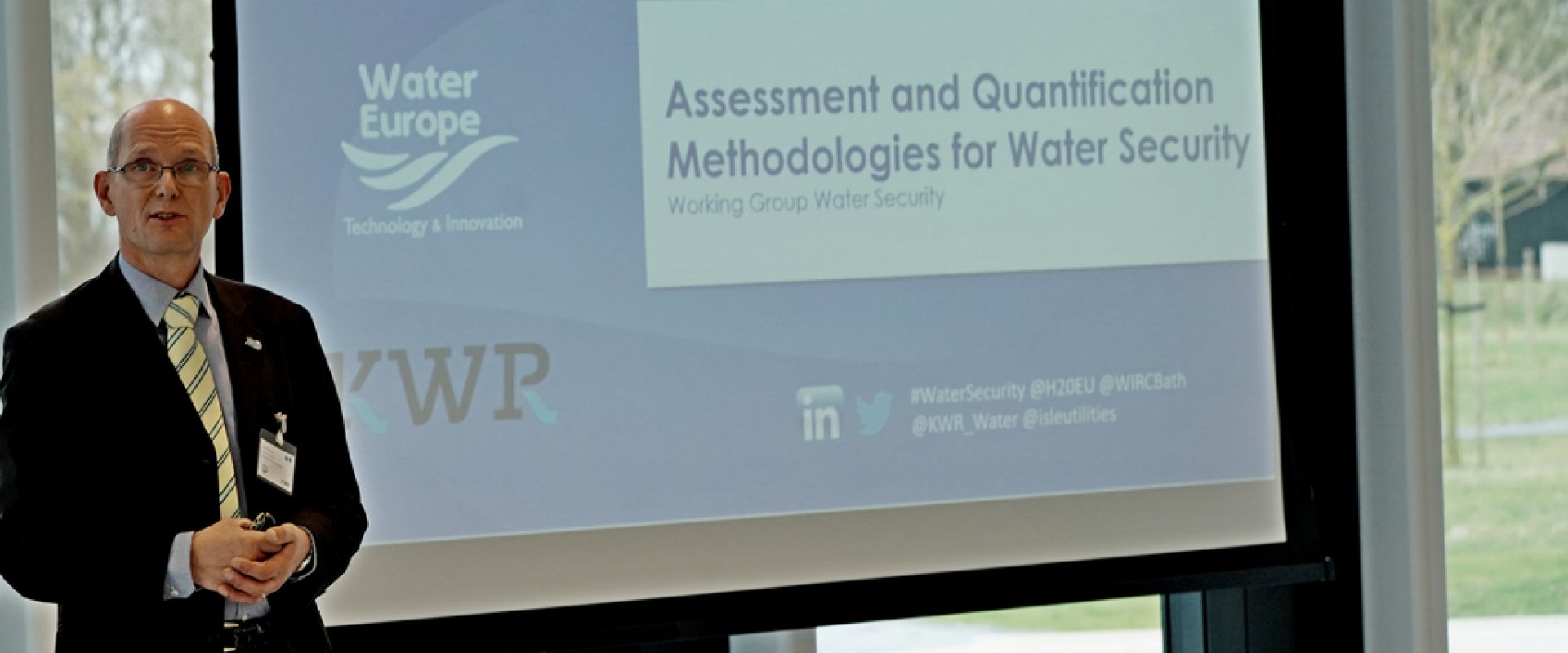
Wanted: actionable indicator for water security
Is it possible to develop an indicator for water security that triggers action on the sustainable supply of affordable clean water and prevent water-related disasters? This was the key question at the first public meeting of the Working Group Water Security of research and innovation platform Water Europe.
Knowledge gap
The working group held its first public meeting at research institute KWR Water in Nieuwegein, the Netherlands on 29 January.
Lead by professor Jan Hofman and Blanca Antizar of Isle Utilities, the meeting revealed the group’s first objective to develop a white paper on the indicators that are already available and the knowledge gaps that need to be closed first. Jan Hofman addressed the complexity of water security and emphasized that it is more than the lack of drinking water and poor sanitation in Africa.
‘It is a global issue that affects us all. Look at the problems with water quality in Flint, USA. Or even here in the Netherlands where we had to deal with an exceptional dry summer in 2018.’
Limiting factor for development
A clear example of the complexity of water security was provided by Gonzalo Delacámara of IMDEA institute of advanced studies in Madrid, Spain, to show the effects when water is a limiting factor for economic activity.
‘We do not need political answers’, Delacámara said, ‘but we have to link water security to development goals. We talk about Agenda 2030 in our countries. It seems that compliance with water legislation is the only thing that matters. We need to connect this compliance to water security and development in the context of climate change.’
Water security
Delacámara just visited the mines up in the mountains of Peru. ‘I saw irrigation canals full of water as a result of glacier melting. The people are happy because they have blueberries five times the normal size. Peru have become an important producer and exporter of asparagus. They are produced in the desert.’
‘You can look at this as a miracle but I look at it as a tragedy’, he said. ‘In face of huge water insecurity because of glacier melting, people believe in greening the desert and Peru manages to become the number one producer of asparagus.’
The case of producing asparagus gets even more remarkable when Delacámara included the water quality. 'The quality of the irrigation water is much better than the drinking water for the local communities. The asparagus need to comply with European food requirements’.
"This illustrates that we need to address water security globally’, he added.
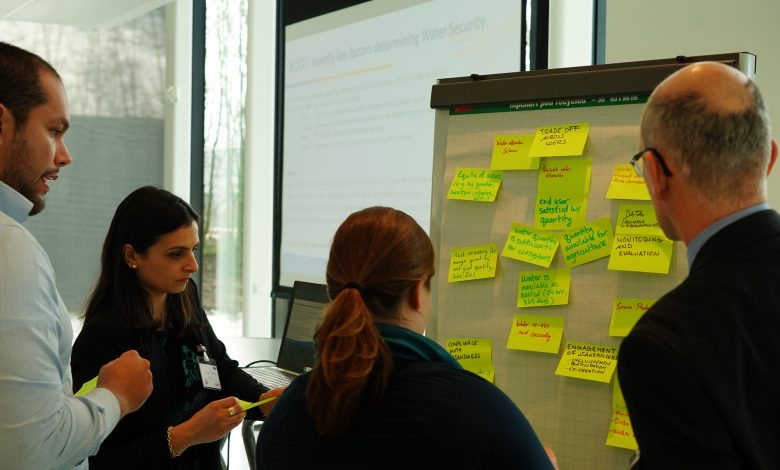

Actionable indicator
Hofman acknowledged that it will not be easy to develop an actionable indicator for water security. Existing indicators mainly focus on integrated water resource management (IWRM) but either they lack transparency or do not translate to action to improve the sustainable availability of clean fresh water.
Several examples of available indicators were presented at the meeting, such as the water risk indicator Aqueduct of the World Resource Institute and the Water governance indicators by the Organisation for Economic Co-operation and Development (OECD).
At the meeting Kees van Leeuwen, principle scientist at KWR, presented his current work to develop an actionable set of indicators for SDG6 on water. ‘The current indicators for the SDG6 goals are not really smart and have not been developed with the end user in mind. They can be improved in term of implementation’.
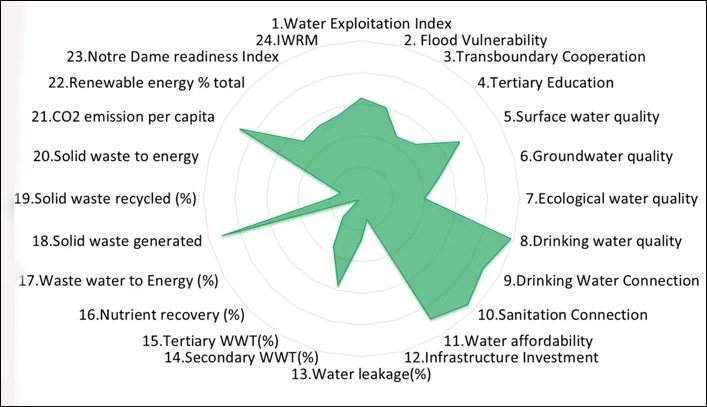

Positive boost
Van Leeuwen’s previous work included the development of a set of indicators to quantify urban water management, called the City Blue Print. The assessment consists of a score, from 1 to 10, on 25 sub-indicators. Presented in a spider diagram it immediately makes clear in which areas a city is doing well, and in which areas it can improve its performance.
Van Leeuwen has adopted this urban assessment method to make a quantified assessment of water security on a national level. ‘It gives countries a good diagnose on trying to achieve the goals of SDG6. It shows what is already done well and where the challenges lie. So it creates a positive boost to achieve the goals.’
Learning from variations
The assessment has been carried out for three European countries. ‘It is not about showing which countries are doing better than others. If you look at the various sub-indicators more closely, it reveals area’s with little variation per country. More interestingly are the sub-indicators, 25 in total, with big variations. This shows that countries can learn from each other,’ Van Leeuwen explained.
Hofman concluded the first meeting, expressing the hope that the working group can develop an indicator that leads to more water security. ‘We have to move from disaster response to a more pro-active approach. For that we need to assess how secure we are with water. I hope we can come up with indicators that we can use to create action for improving water security.’




